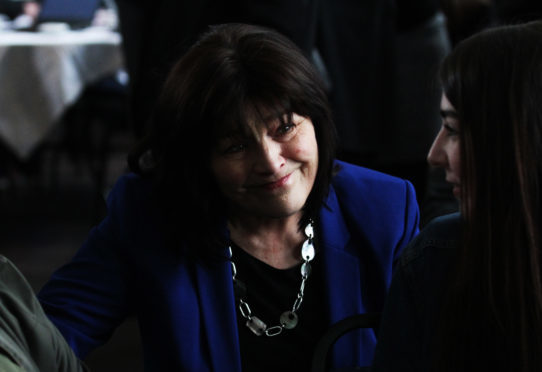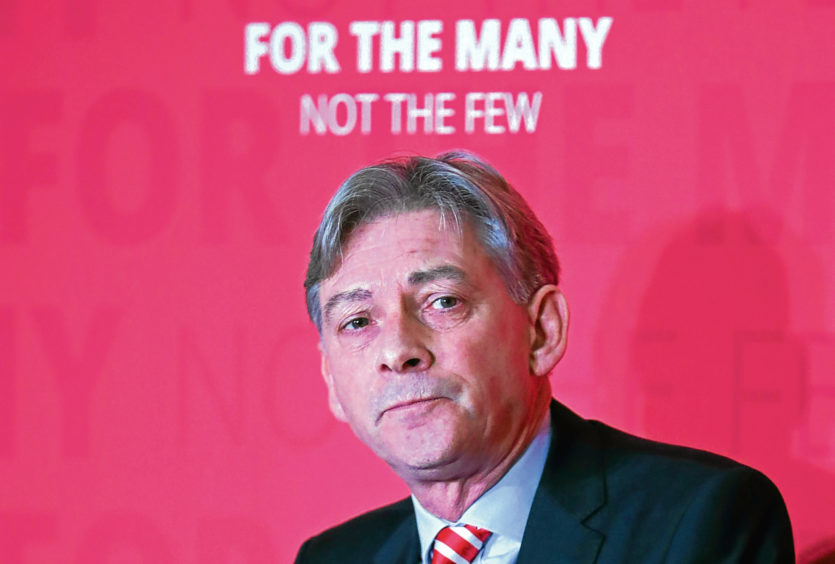Children in crisis are being refused access to mental health services because they have not yet attempted to take their own lives, according to a shocking new report.
The most common reason cited by patients for being turned away was that their needs were “not serious enough” to meet service thresholds, despite more than 79% of rejected referrals coming from GPs.
The Scottish Government report found there was a common belief that “unless the child or young person is suicidal or at risk of harm, they will not be seen”.
One parent reported being informed that her son “doesn’t have an eating disorder, he hasn’t committed suicide or attempted to commit suicide”.
Another said they were told by practitioners that although they were aware of their daughter’s self-harming, “it’s not severe enough for us to be able to offer you support”.
The audit found there was “concern from a range of people and organisations about the number of rejected referrals to CAMHS (child and adolescent mental health services) and about what happens to the children and young people whose referral is not accepted”.
One in five youngsters across seven different health boards had their referrals refused, while 69% were not even invited to a face-to-face assessment.
The report added that “many children, young people and their families receive a rejection letter within a very short timescale and feel angry, aggrieved, cheated and let down due to a feeling that no proper assessment process has been undertaken”.
Around one in 10 later turned to private care but more than half of those who responded to the audit said they had not sought further medical help for their issues after being turned away.
Scottish Labour leader Richard Leonard called on the Scottish Government to “immediately take action” over the “shocking” findings.
He said: “It reveals what Labour has said for years — that the overwhelming majority of these referrals are made by health professionals, and that young people are rejected without proper explanation and further support.
“The evidence that children were deemed not ill enough to merit treatment, even when they are self-harming, is a matter of grave concern.”
Health Secretary designate Jeane Freeman has pledged to set up a new £5 million “taskforce” to improve services after describing the current system of rejecting referrals as “completely unacceptable”.
Ms Freeman said: “I am accepting the recommendations in this report and I am determined that our mental health service will be refounded on the need to empathise, engage and explain how to get help to often very vulnerable young people.
“That’s why I am today instigating a new taskforce for CAMHS to examine the whole approach to mental health services.”
She pledged the taskforce will aim to “ensure that all children and young people get appropriately triaged, given proper explanations if their referral is refused, and directed to alternative support services”.











